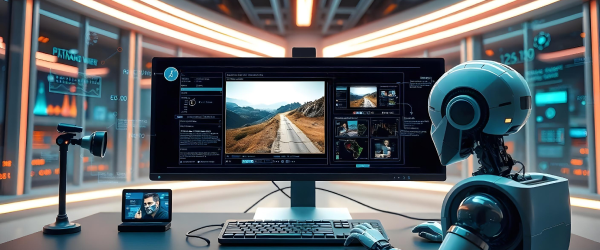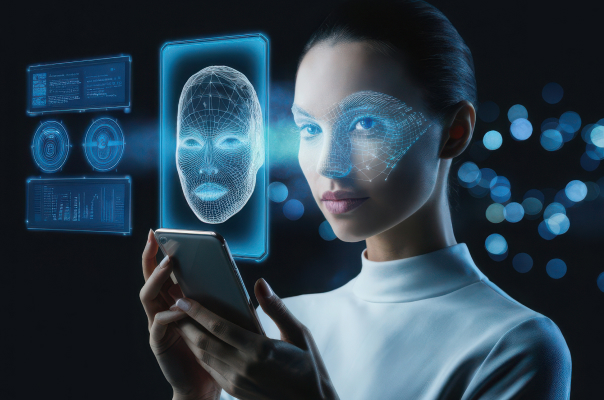What is Computer Vision?
Computer vision is one of the subdivisions of artificial intelligence (AI) where systems are trained to interpret images and videos. Through cameras, videos and deep learning models, objects can be captured, distinguished and decisions made based on images.
That they are able to have this ability of “seeing and “understanding” such types of visual data prove that this capability can affect many types of industry which can be seen especially on the field of Biometric Technology.










